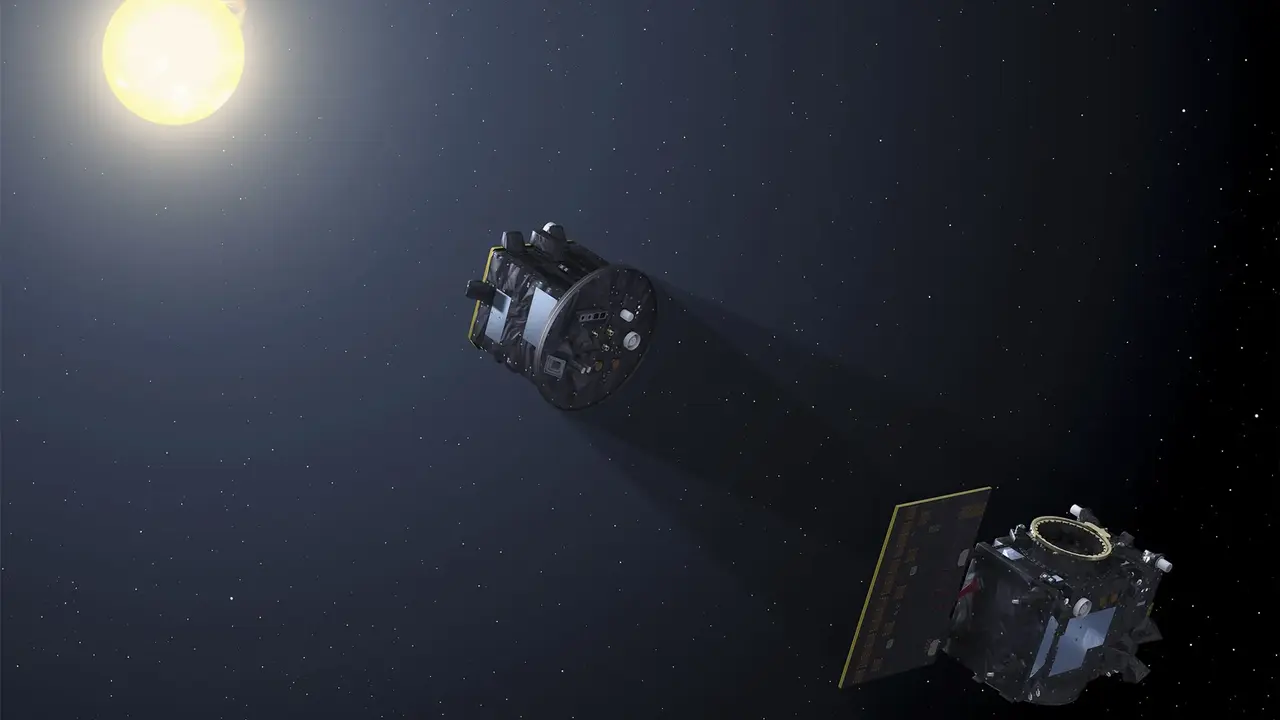Coronagraph, the larger of the two, will study the sun’s corona, the scorching hot atmosphere. But what really matters is his partner, Occulter. This disk-shaped spacecraft will precisely position itself to a distance of 144 meters, effectively blocking the Sun’s main body, allowing Coronagraph to observe the corona unobstructed.
This intricate celestial ballet is not just a study of our star. This is a critical test for future, even more ambitious space missions. Mastering formation flying skills opens the door to a “treasure trove of possibilities.”
Applications extend far beyond astronomy. Precision flight of a potential future swarm could revolutionize Earth observation, paving the way for detecting gravitational waves in space and even enabling complex maneuvers such as docking and maintenance of spacecraft in orbit.
Source: Ferra
I am a professional journalist and content creator with extensive experience writing for news websites. I currently work as an author at Gadget Onus, where I specialize in covering hot news topics. My written pieces have been published on some of the biggest media outlets around the world, including The Guardian and BBC News.










